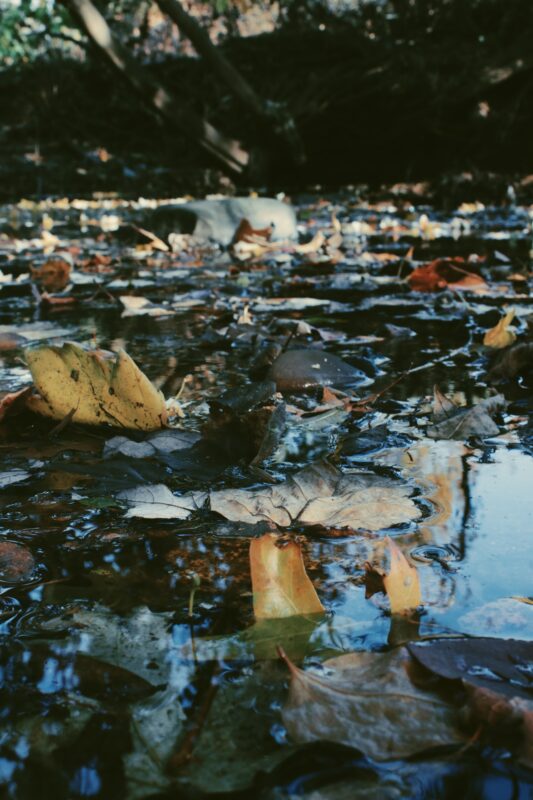Solution provider

Solving the world’s water challenges is not easy. But it is a challenge we take on every day. DHI is a digitally-enabled advisory company working with water in all its forms.
Case
Water resource management
Wastewater management
Water management


Solving the world’s water challenges is not easy. But it is a challenge we take on every day. DHI is a digitally-enabled advisory company working with water in all its forms.
Add the case to your visit request and let us know that you are interested in visiting Denmark
The Yamuna River is the largest tributary of the Ganga River and one of the most important and sacred rivers in India. Millions of people in the country depend on the 1,376 km long river for domestic, industrial and agricultural uses. Over the years, however, the river has experienced severe degradation of its water quality.
The discharge of domestic sewage is the main cause of river’s pollution. There is a large gap between the amount of wastewater generated and the amount of wastewater treated in the cities and urban centres throughout the basin. Increasing urbanisation is further widening this gap. Treating sewage before it is discharged is not enough to restore the ecological integrity of the river.
To help water officials combat this problem, we conducted an Integrated Water Resources Management (IWRM) and water quality modelling study. As part of this study, we developed a Decision Support System (DSS) that uses baseline information on:
MIKE BASIN was used to describe the catchment’s hydrology, examine abstractive uses (such as irrigation and domestic water use) and their return flows, and estimate pollution load. MIKE 11 and MIKE ECO Lab were used to conduct river hydrodynamic and water quality modelling.
Our DSS takes into account different wastewater loading and water availability situations – as well as management options and future changes – to predict water quality scenarios. We utilised the DSS to generate water quality scenarios based on different actions aimed at:
These scenarios will enable government planners to make sound decisions in order to help restore the quality of the Yamuna River and manage its pollution levels.